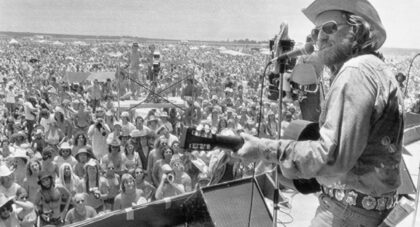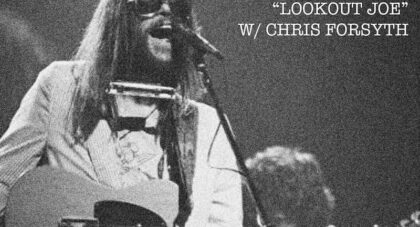With their jittery harmonies and bounding rhythmic clangor, their insistence on doing it themselves, and their brash disregard of expectations, The Raincoats didn’t just talk about feminism: they enacted it. Nearly 20 years on after The Raincoats last album, founding member Gina Birch has made a solo album, I Play My Bass Loud, her first in a multi-decade career (unless you count a 1994 album by The Hangovers). We talk about her new record, her early days in squats, her love of reggae and the legacy of The Raincoats . . .
Only the good shit. Aquarium Drunkard is powered by its patrons. Keep the servers humming and help us continue doing it by pledging your support.
To continue reading, become a member or log in.


